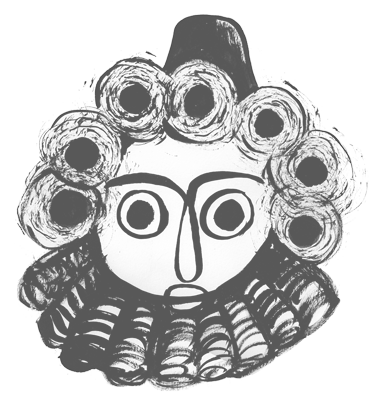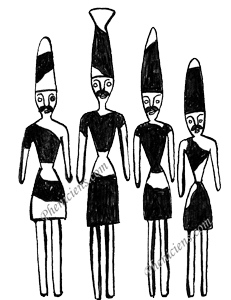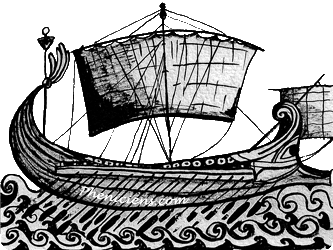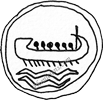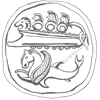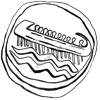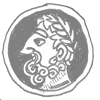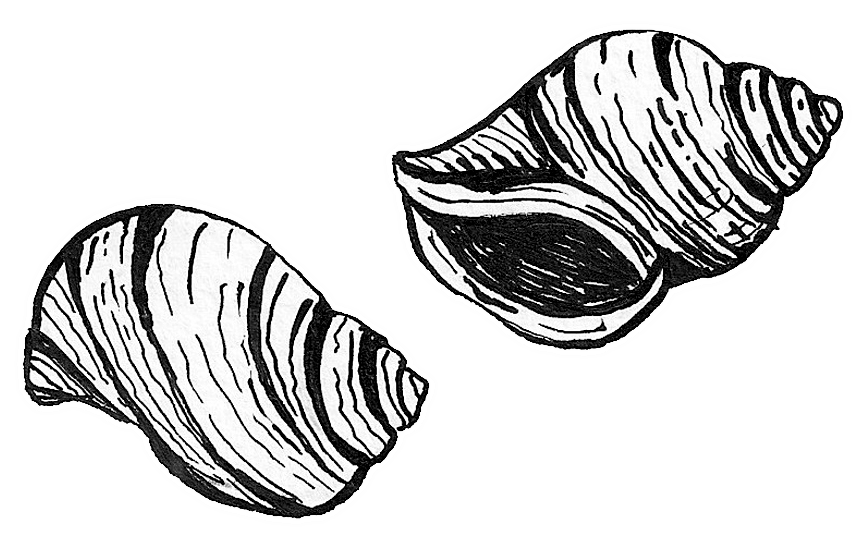
Articles
Although the etymology of the word comes from the Greek alphabet (corresponding to the two first letters: alpha and beta), It is the Phoenicians who transmitted this knowledge to the Greeks so that can create their specific language. (Read More ...)
The Phoenician art is known to be a composite art based on documents by themselves cosmopolitan. Its originality is far from being unique and innovative; it is one of a diverse, popular and "propagandist" art. It is mostly the result of imbrication of various elements of influence in a country located at the crossroad of ancient world, subjected to considerable foreign presence, and frequented by various civilizations. (Read More ...)
In ancient times, the Phoenicians were known to be merchants, traders and hawkers. Jewelry, with their values and their small size, had an important place as a product of exchange and trade. (Read More ...)
Before exposing the origins of the Phoenicians and before locating Phoenicia in its geographical and political context of that period, it is interesting to know how the researchers' interest towards this civilization has been manifested. (Read More ...)
Multiple archaeological excavations undertaken during many years around the Mediterranean Sea and on numerous locations, announced the presence of Phoenician and Punic vestiges in the majority of coastal cities. But should the reconstitution of Phoenician expansion history be based exclusively on archaeological information? (Read More ...)
The currency, manufactured in gold, silver and bronze, appeared only as of the Achaemenid period. Invention of the Lydians or the Greeks in the sixth century BC, was disseminated in the Persian Empire at the reign of Darius Ist, which made a currency with his effigy: the daric. The currencies' emission in the Phoenician cities was closely correlated to the same period. (Read More ...)
Between legend and reality, purple has always been linked, in one way or another, to the Phoenicians, it contributed to their reputation. Some historians reported that the Greeks gave them the name of Phoenician (Greek phoenix) in relation to the purple color, which they had made as one of their principal specialties. (Read More ...)
Phoenician religious panorama is not unitary, it is made of particularisms, and there were numerous differences between cities. The fragmentary aspect of the Phoenician political context has influenced the establishment of a local pantheon at each city-state, which autonomously organized the public ritual with feasts and celebrations. These urban pantheons presented some common characteristics: organization deities as "triads", which did not exclude the presence of other less important gods. (Read More ...)





